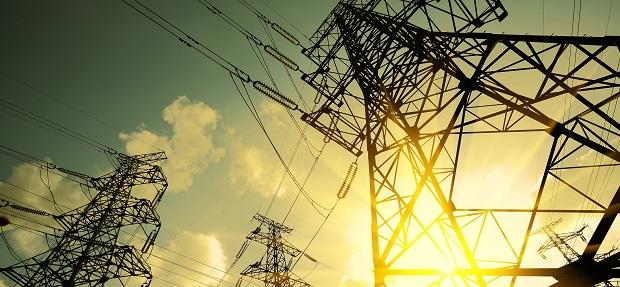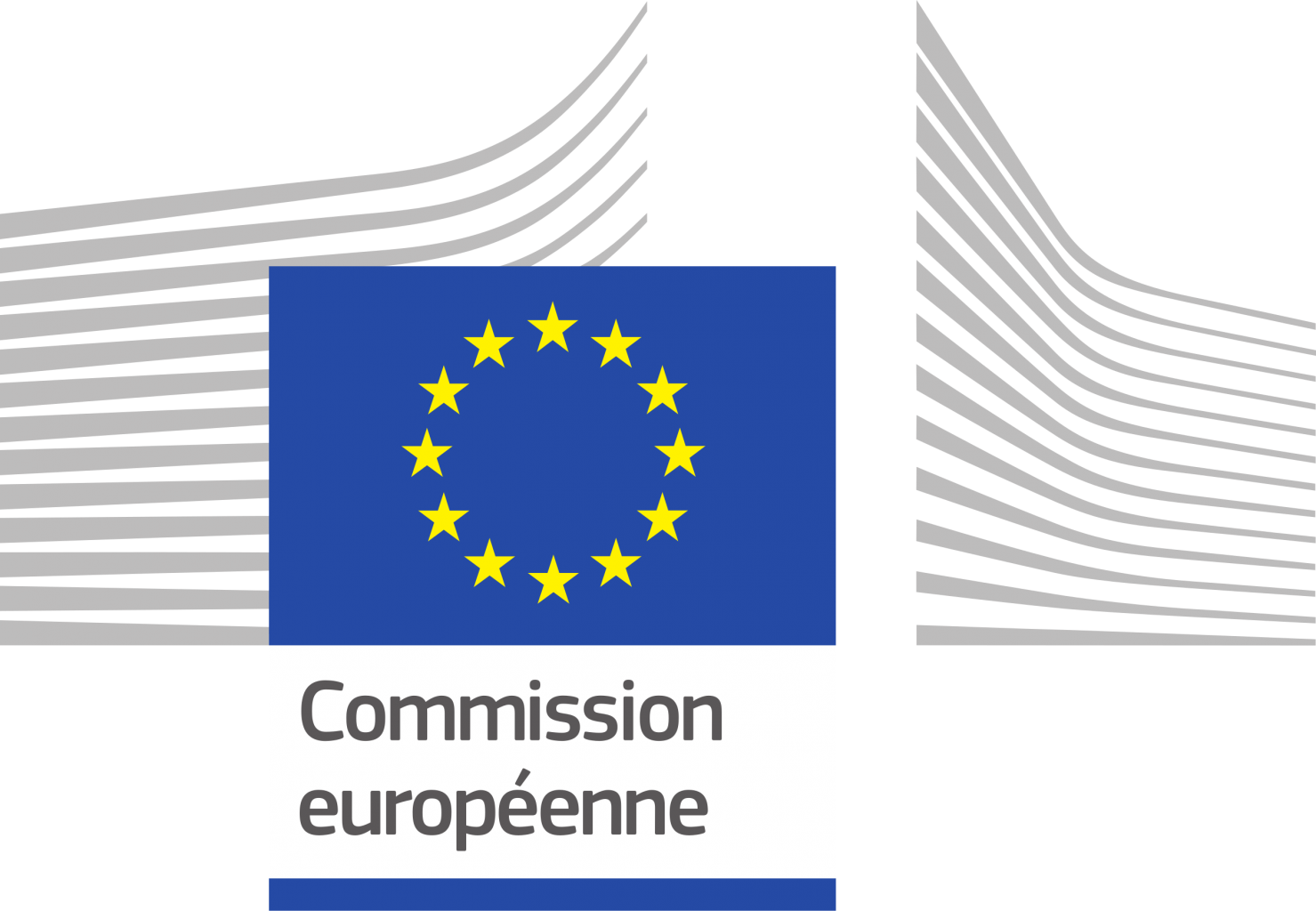
Although they represent nearly half of the bill facing consumers (ex-tax), electricity network rates – and in particular electricity distribution rates – have received relatively little attention from energy economists, who have so far focused their studies on questions relating to electricity production, particularly in terms of security of supply and ways to develop renewable energy or “decarbonise” electricity production.
The conference, from which this report is drawn, highlighted the need to adapt TURPE’s structure to the changes introduced by the energy transition legislation. We are already seeing new behaviours and uses, which can now be expected to develop considerably: wind and solar energy production and tools providing increased flexibility, particularly in terms of storage and load management. Some actors have called for an increase in the proportional share of TURPE relating to power, for example by separately billing the costs representing the different services made available by the network. In any case, the rates applied must continue to send out signals that reflect costs, as this is the only way to ensure the expenditure needed to develop the networks is controlled in the long term.


























